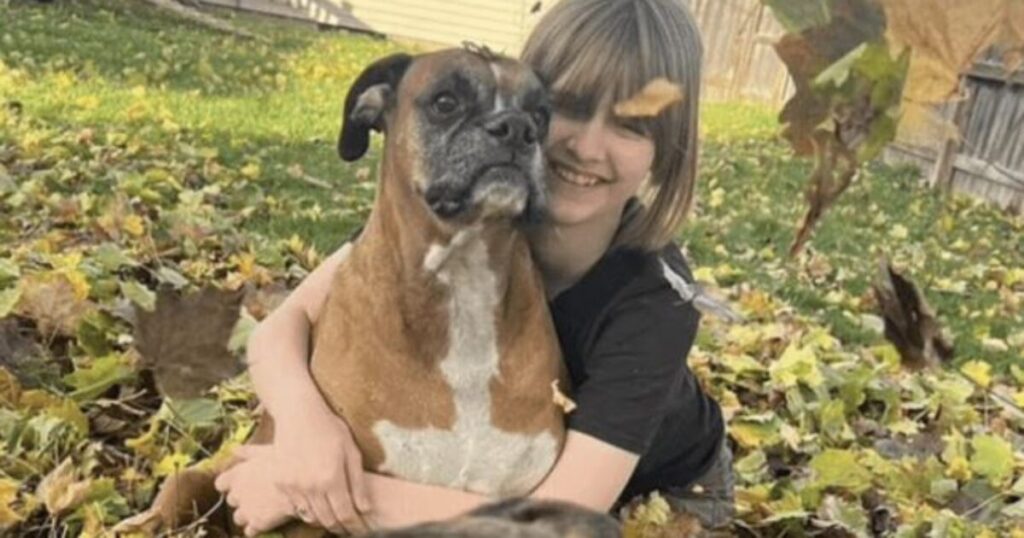In recent years, the issue of mental health and its connection to school shootings has come into sharper focus, particularly following the tragic event at the Abundant Life Christian School in Madison, Wisconsin. The shooter, 15-year-old Natalie Rupnow, opened fire on her classmates and teachers, resulting in two fatalities and six injuries. Within days of the incident, news outlets reported that Natalie was undergoing therapy, raising the question of how significant her mental health challenges were in precipitating such violence. This situation highlights a recurring theme in school shootings: the intersection of mental health issues, family dynamics, and access to firearms.
Natalie’s background reveals deep familial discord that could have contributed to her unstable mental state. Reports indicate that her parents experienced a tumultuous relationship, including three marriages and divorces. Following their most recent separation in 2021, Natalie was caught in the middle of their conflicts, frequently shifting between homes every few days as part of a contested custody arrangement. This instability in her living situation undoubtedly added to her emotional distress. Mediated custody agreements often lead to court-involved recommendations for therapy, reflecting how the state’s involvement may have influenced her mental health treatment.
Contemplating the nature of Natalie’s therapy raises critical concerns about the mental health services available to children in conflictual family situations. It is important to realize that when children are enrolled in therapy, this often occurs through legal or social service intervention rather than through their own choice. Thus, questions arise regarding the treatment Natalie was receiving and whether she was prescribed psychiatric medication, which is a common practice among troubled youth in similar circumstances. The potential for adverse side effects from such medications can be significant, yet this aspect of Natalie’s treatment remains unaddressed in mainstream media reports focusing instead on gun access and regulations.
The connection between mental health treatment and violent behavior is another area deserving attention. The absence of conversations about the implications of psychiatric drug use in young individuals, particularly those who have shown violent tendencies, perpetuates a dangerous narrative. The media’s emphasis on gun laws instead of exploring the mental health history of shooters fails to provide a comprehensive understanding of the factors leading to these tragic events. Lawmakers and mental health professionals must consider the potential role that treatment, medication, and family instability may play in the lives of young people exhibiting violent behaviors.
Moreover, there is a significant gap in transparency surrounding mental health records and treatment history of perpetrators in school shootings. In the case of Natalie, it is crucial to access her mental health files to glean insight into her psychological state and any diagnoses that may have informed her actions. Currently, the lack of information about her treatment limits our understanding of the broader issues affecting youth safety and mental health. As seen in other recent school shootings, many perpetrators had histories of mental health treatment, further emphasizing the need for a detailed investigation into their backgrounds.
Ultimately, facing the grim realities of school violence requires a holistic approach that addresses both mental health and gun accessibility. There is a pressing need for advocacy on behalf of children who often cannot voice their struggles amidst family turmoil or mental health challenges. Organizations like AbleChild strive to raise awareness and support for vulnerable children, encouraging public participation in safeguarding children’s mental well-being. Addressing these societal issues calls for active engagement from individuals, families, and communities to foster environments where every child has the opportunity to thrive without the threat of violence or instability. The journey for change begins with recognition and investment in mental health resources for children in crisis.

